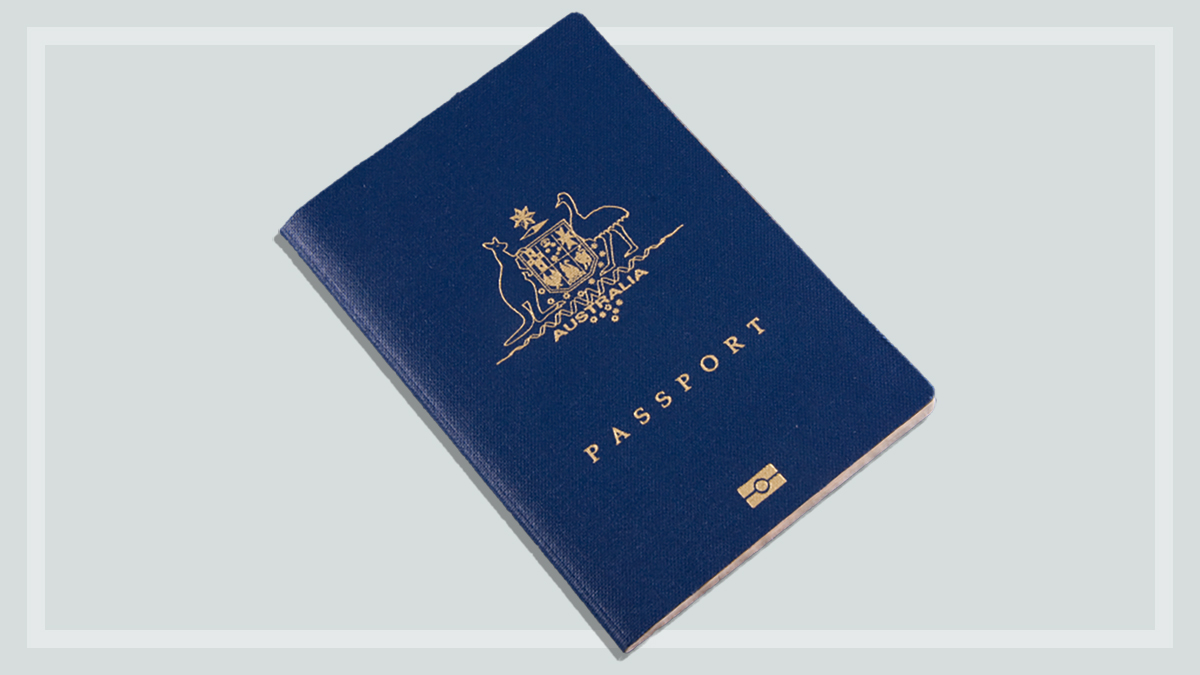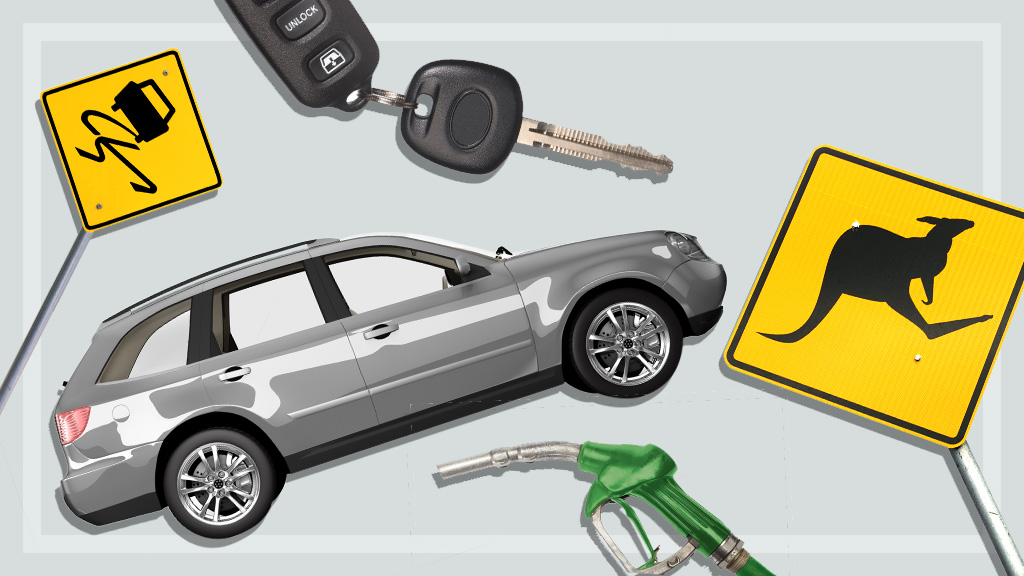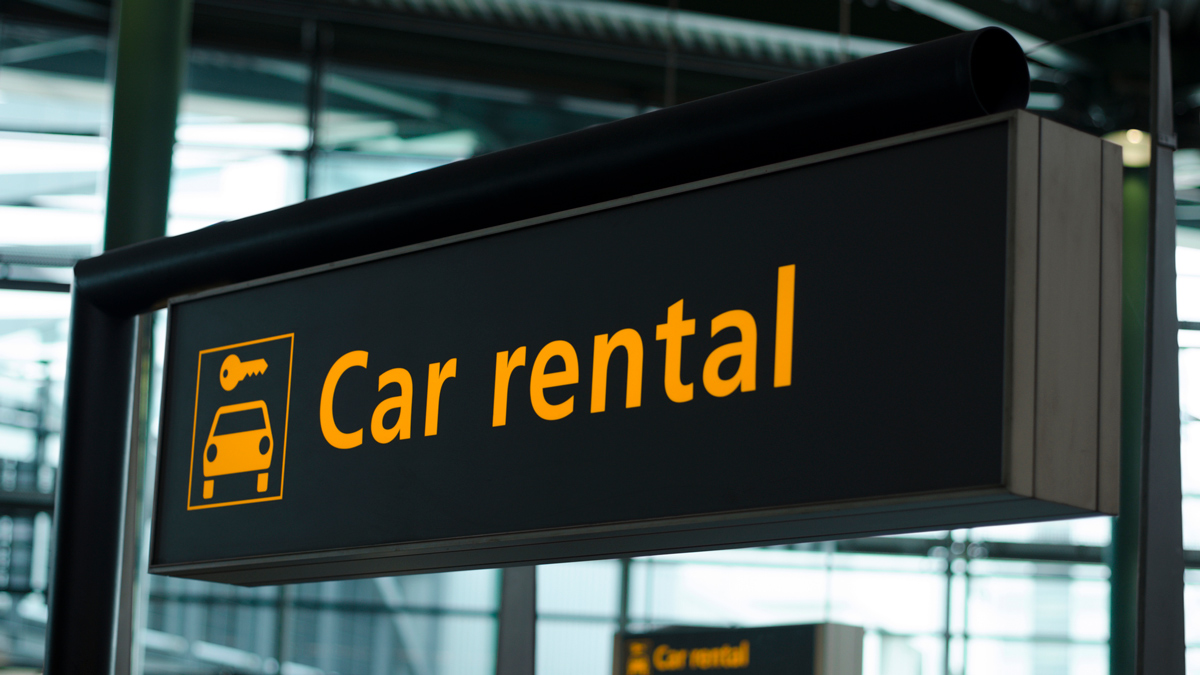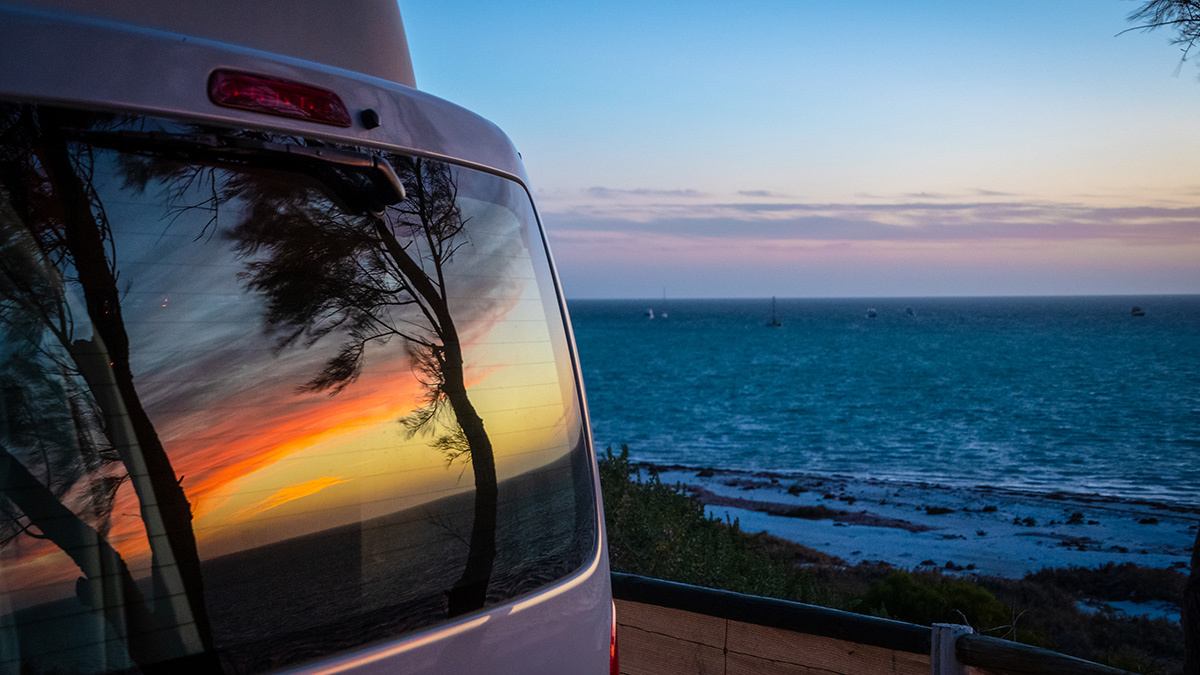What you need to know about driving overseas
Do you need an International Driving Permit to drive overseas? Plus, we explain travel insurance for car hire.
Last updated: 14 Nov 2023
Having your own car when travelling overseas is a great way to get off the beaten track and move around at your own pace.
On this page:
You can use an Australian driver’s licence in most countries you may travel to, but many countries will require you to also have an International Driving Permit, which is a United Nations-sanctioned translation of your Australian licence into nine different languages.
We look at a few other things worth knowing about driving abroad so you can cruise about town with ease.
Travel insurance for car hire
Travel insurance is a must when going overseas, and it can also save you a lot of money when hiring a car. Usually a car hire company’s insurance comes with a large excess and you might be charged a daily fee to decrease that excess to a more manageable amount.
Most comprehensive travel insurance policies come with an excess waiver ranging from $3000 up to $10,000, which means you can avoid the additional daily fee.
The travel insurance policies offering the highest collision damage and theft waiver excess are:
- $10,000 – Flight Centre YourCover Plus
- $10,000 – NRMA Comprehensive
- $10,000 – Virgin Australia Travel Safe Plus
- $10,000 – Webjet Travel Safe Plus
- $8000 – AANT Premium
- $8000 – FastCover Standard Saver
- $8000 – FastCover Comprehensive
- $8000 – InsureandGo Gold
- $8000 – RAA Premium
- $8000 – RAC Comprehensive
- $8000 – RACQ Premium
- $8000 – RACT Comprehensive
- $8000 – RACV Comprehensive.
Be sure to check the CHOICE international travel insurance comparison to find the excess waiver for car hire for over 60 single trip and annual multi-trip policies.
Can you drive a rental car across country borders?
If you’re planning to drive a hire car between countries, explain your itinerary to the car hire company when you make your booking enquiry. Many companies allow their cars to be taken across borders in some places, like Europe, but some will refuse for insurance reasons and you often get charged an additional fee.
Some companies don’t allow their cars on ferries, such as in between the South Island and the North Island of New Zealand, and some companies have restrictions on driving cars from Western Europe into Eastern Europe.
Travel insurance for mopeds and motorcycles
While nearly all travel insurance policies include cover (or cover for an extra fee) for riding a motorcycle with an engine capacity of 125cc and above, cover for mopeds is harder to find. Cover is only available with a licence valid in the country you’re in, the appropriate Australian licence, and while wearing a helmet.
The following policies include cover for mopeds with an engine capacity of 50cc or below, 125cc or below, and a motorcycle with an engine capacity of 125cc and above:
- Go Insurance Go Plus and Go Basic
- InsureandGo Bare Essentials, Silver and Gold
- Tick Travel Insurance Top, Standard, Budget and Basic.
The following policies offer cover for an extra fee for mopeds with an engine capacity of 50cc or below, 125cc or below, and a motorcycle with an engine capacity of 125cc and above:
- AHM Comprehensive and Medical Only
- Allianz Comprehensive
- Bupa Comprehensive
- Cover-More Travel Insurance Basic, Comprehensive and Comprehensive Plus
- Flight Centre YourCover Essentials and YourCover Plus
- Medibank Travel Insurance Comprehensive, Medical Only and Multi Trip Comprehensive
- NRMA Essentials and Comprehensive
- Simply Travel Insurance Comprehensive
- Virgin Australia Travel Safe Plus International and Travel Safe International
- Webjet Travel Safe International and Travel Safe Plus International
- Worldcare Comprehensive.
Tips for driving overseas
Driving overseas can be a great way to explore the countryside but it can also be dangerous, from confusing traffic laws and driving on the right-hand side to poor quality roads and the hustle and bustle on roads shared with pedestrians, carts, cattle and other livestock in some countries.
Conditions can be very different depending on your destination. For example, Norway, Estonia and Iceland are rated as the world’s safest countries to drive, while South Africa, Thailand and the USA are rated as the most dangerous ones according to international driver education company Zutobi.
Check local traffic laws and customs before driving overseas, as they may differ from Australian laws. If you breach a law, you could be charged an on-the-spot fine or even get arrested.
For example:
- While drink-driving is illegal almost anywhere and may void your travel insurance cover, limits vary and in some countries the limit is zero.
- In France, the speed limit in most city centres is 30km/h.
- In India, if you’re driving in a car that has an accident, go straight to the nearest police station, especially if you hit a cow or pedestrian. You may become a victim of extortion or get attacked, even if you weren’t the driver.
- In Indonesia, if you’re riding a motorcycle, you’re often assumed to be at fault if there is an accident. You may have to compensate the other party even if the accident wasn’t your fault.
- In Italy, you must use headlights at all times on main roads outside urban areas, such as a highway.
- In Spain, you have to carry two red warning triangles and a reflective jacket and use them after an accident or breakdown.
- In the USA, if you’re pulled over by police, do not exit your car unless instructed to do so. Keep your hands on the steering wheel or where they can be easily observed. If the police officer asks for documents and they’re out of your reach, tell the officer where they are and wait for the officer’s acknowledgement before reaching to retrieve them.
Driving in Europe and North America
Driving in Europe
While many European countries recognise Australian licences, you need an International Driving Permit to be on the safe side. You need it in Italy and Spain, and in some other European countries, like France, it may be a requirement to rent a car.
In the UK, Ireland, Cyprus and Malta, vehicles drive on the left-hand side of the road. In all other European countries, vehicles drive on the right-hand side.
Driving in the UK and Ireland
If you’ve been in the UK for fewer than 12 months, there’s no need to get an International Driving Permit – you can drive with your Australian licence.
Road and traffic conditions are comparable to Australia, with vehicles driving on the left-hand side of the road.
Driving in the USA
Check the law in the state(s) you’ll be visiting to find out whether you can drive with your Australian licence, but be aware that some car hire companies will only rent to customers who have an International Driving Permit.
Speed limits and road rules vary between states. Also, check the weather and the availability of petrol stations before a long journey; you should be cautious of snowfall in mountainous and isolated areas and take extra water when driving through a dry desert.
If you get pulled over by police, stay calm and keep your hands visible to the officer at all times.
Vehicles drive on the right-hand side of the road.
Driving in Canada
You must have your Australian driver’s licence as well as an international licence to drive in Canada. Check the weather before setting out on a trip and if you’re travelling in winter, make sure your car has snow tyres and that you’re prepared for heavy snowfall by carrying water, food and blankets.
Vehicles drive on the right-hand side of the road.
Driving in Indonesia
You must have your Australian driver’s licence as well as an international licence to be properly insured (and to avoid fines from police) when driving in places like Bali.
It’s best to drive defensively. Roads can be congested and extremely hectic, with many drivers speeding and breaking the rules. Traffic accidents can escalate and you may be at risk of a violent assault. Driving in Indonesia is not for the faint-hearted!
Like Australia, vehicles drive on the left-hand side of the road.
Motorbike and scooter hire in Bali
Getting around on two wheels in Bali is a popular option for travellers, but it’s also a risky one. You’ll need an international motorcycle licence as well as your Australian motorcycle licence. By law you’ll also need a helmet.
Be aware that standard travel insurance policies may not cover motorcycle or scooter accidents. Use our free tool to compare travel insurance policies and find cover that suits your needs.
Driving in Thailand
You’ll need an International Driving Permit as well as your Australian licence when driving a car or motorbike in Thailand.
Thailand’s roads are one of the most dangerous in the world with very high fatality rates. Road accidents are common even in resort areas like Phuket, Pattaya or Koh Samui. Be especially careful during local holidays such as Songkran (Thai New Year).
Motorcycle and scooter hire is easy to find on the street in tourist areas, and most vendors are local small businesses. Make sure you never drive without a helmet. Motorcyclists are most at risk of accidents.
Like Australia, vehicles drive on the left-hand side of the road.
Driving in New Zealand
Hiring your own set of wheels is a great way to see New Zealand on your own schedule, particularly since many of the country’s best parts are well off the beaten track and may not be accessible by public transport.
There’s no need to get an International Driving Permit – you can drive with your Australian licence.
But prepare for longer travel times than in Australia, particularly in the mountains where roads may be narrow and unpaved. High winds and roaming animals may cause safety hazards, and heavy rain could lead to landslides. Be especially careful at railway crossings as they are often unfenced.
Like Australia, vehicles drive on the left-hand side of the road.
Where to apply for an International Driving Permit
You can get an International Driving Permit from the Australian Automobile Association. It’s a translation of your Australian licence in nine languages: English, Spanish, French, Russian, Chinese, Arabic, Greek, German and Japanese.
As of November 2023, the cost is $49 plus postage. You can apply online and your permit will normally be delivered within three to five business days in metropolitan areas.
For the application you need a passport style photo and a photo of the front and back of a valid physical driver’s licence.
If you’re in a hurry, applying in person in an office of your state’s motoring club could speed up the process.
- New South Wales and Australian Capital Territory – NRMA
- Queensland – RACQ
- Victoria – RACV
- South Australia – RAA
- Western Australia – RAC
- Tasmania – RACT
- Northern Territory – AANT
International Driving Permits are valid for one year. If you stay overseas longer than that, you may need a local licence. Some countries require that you get a local translation of your licence sooner than that, and in some cases you may even have to do a new driving test.
You’ll still need to take your Australian driver’s licence with you when going overseas. An International Driving Permit alone doesn’t count as a licence to drive.
Related
Uta worked at CHOICE from 1998-2024, finishing as a senior content producer with the money and travel team.
You can find Uta on LinkedIn.
Uta worked at CHOICE from 1998-2024, finishing as a senior content producer with the money and travel team.
You can find Uta on LinkedIn.
Elisabeth 'Bink' Baulch worked at CHOICE from 2014 to 2020. LinkedIn
Elisabeth 'Bink' Baulch worked at CHOICE from 2014 to 2020. LinkedIn
Jodi Bird is the Managing Financial Content Editor at CHOICE. Previously at CHOICE, he worked as Travel project lead and as a Finance specialist.
Jodi has over 30 years experience in financial services, having worked with major banks such as CBA, Westpac and Credit Suisse. He enjoys breaking down complex consumer decisions into easy to understand steps and holding companies to account for failing their customers. He is regularly called upon for expert commentary by major broadcasters such as the ABC, SBS, and Channels 7, 9, and 10.
Jodi has a Bachelor of Commerce majoring in Economics from the University of Wollongong. He is RG146 compliance certified to provide general advice for General Insurance and is a Responsible Manager on CHOICE's Australian Financial Services License. LinkedIn
Jodi Bird is the Managing Financial Content Editor at CHOICE. Previously at CHOICE, he worked as Travel project lead and as a Finance specialist.
Jodi has over 30 years experience in financial services, having worked with major banks such as CBA, Westpac and Credit Suisse. He enjoys breaking down complex consumer decisions into easy to understand steps and holding companies to account for failing their customers. He is regularly called upon for expert commentary by major broadcasters such as the ABC, SBS, and Channels 7, 9, and 10.
Jodi has a Bachelor of Commerce majoring in Economics from the University of Wollongong. He is RG146 compliance certified to provide general advice for General Insurance and is a Responsible Manager on CHOICE's Australian Financial Services License. LinkedIn






